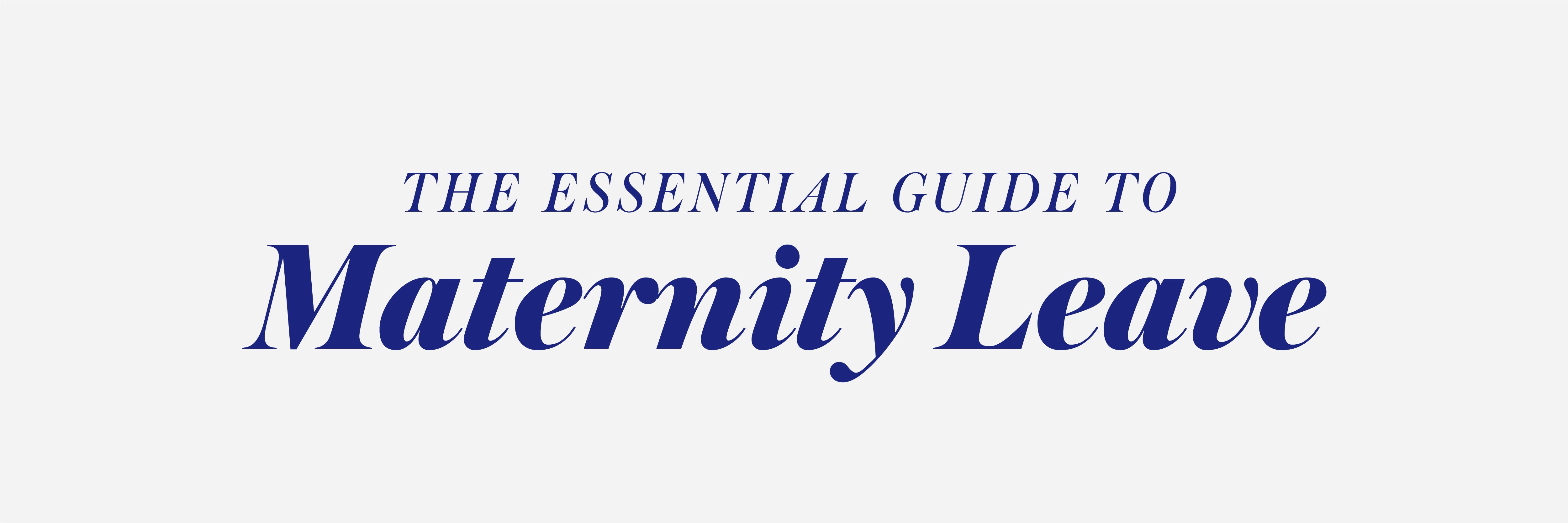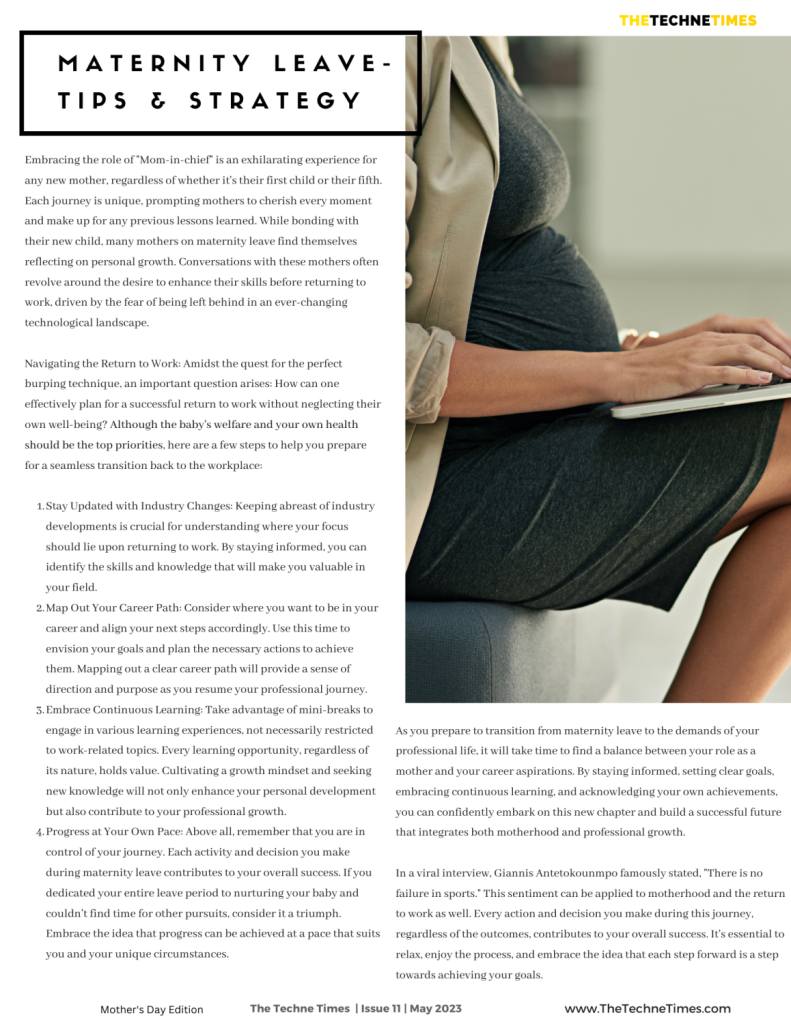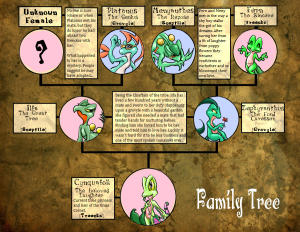When planning maternity leave, create a detailed coverage plan for parental responsibilities and inform supervisors and colleagues. Start preparing at least 11 weeks in advance to ensure a smooth transition during your absence.
Decide on the duration of leave before and after your due date and develop a strategy to delegate tasks and ensure coverage for your role. Communicate your plan clearly with HR and colleagues to minimize disruptions and ensure a successful maternity leave experience.
Remember to consider your rights as a pregnant woman and new mother as you prepare for this important time in your life.
Table of Contents
ToggleUnderstanding Maternity Leave
As you start planning your maternity leave, the first step is understanding your rights as a pregnant woman and new mother.
About Maternity Leave
Maternity leave is a period of time that a working woman takes off from her job to give birth, recover from childbirth, and take care of her newborn. It is a crucial time for mothers to bond with their babies and ensure a healthy start to both their lives.
Importance Of Maternity Leave
Maternity leave is essential for the well-being of both the mother and the baby. It allows the mother to physically recover from childbirth and mentally adjust to the new phase of motherhood. Additionally, it provides an opportunity for the baby to form a strong attachment with the mother, which is crucial for their emotional and psychological development.
Research shows that maternity leave benefits the child’s health and development in the long run. It also supports the mother’s mental and physical health, reducing the risk of postpartum depression and other complications.
Rights And Responsibilities
Understanding your rights and responsibilities during maternity leave is important to ensure a smooth transition. As a pregnant woman, you have the right to take time off from work and receive certain benefits such as maternity pay or job protection.
During maternity leave, it is important to communicate with your employer and HR department to understand the procedures and requirements for taking leave. You may need to provide advance notice and documentation to initiate the leave process.
Equally important is the responsibility to plan and delegate your work responsibilities to ensure smooth operations in your absence. Developing a proposed plan to get coverage for your core responsibilities will help maintain productivity and minimize disruptions.
Conclusion
Understanding maternity leave and its importance is crucial for working women who are planning to start a family. Knowing your rights, communicating effectively with your employer, and responsibly delegating your work will contribute to a successful maternity leave experience.
Planning Ahead
Prepare for peace of mind by planning maternity leave ahead of time. Decide coverage, duration, and inform coworkers to ensure a smooth transition. Start organizing at least 11 weeks before due date for a stress-free experience.
When To Start Planning
Begin considering maternity leave at least 11 weeks before your due date.
Deciding The Duration
- Determine how many weeks before birth you want to start leave.
- Decide the total duration based on your needs and company policies.
Developing A Coverage Plan
Create a comprehensive plan to delegate tasks and responsibilities during your absence.
Inform your team and communicate your plan effectively to ensure a smooth transition.
Informing Your Workplace
1. Informing Your Workplace
Prior to going on maternity leave, it’s essential to inform your workplace and make necessary arrangements to ensure a smooth transition during your absence. Proper communication and coordination will help alleviate any concerns and enable your employer and coworkers to plan accordingly, ensuring a seamless workflow.
Notifying Your Employer
When notifying your employer about your pregnancy and impending maternity leave, it’s important to follow the company’s protocol. Schedule a meeting with your supervisor to discuss your due date and your intentions for leave. This provides your employer with ample time to prepare for your absence and make necessary arrangements to cover your responsibilities.
Communicating With Coworkers
In addition to informing your employer, it’s crucial to communicate with your coworkers. Informing them about your upcoming leave will allow for proper delegation and allocation of tasks. It also fosters a supportive work environment by ensuring everyone is aware of the upcoming changes and can plan accordingly.
Questions To Ask Hr
As part of this process, you may have pertinent questions for the Human Resources (HR) department. Seek clarity on the company’s maternity leave policies, benefits, and any paperwork that needs to be completed. Ensure you are aware of all the necessary procedures and requirements to facilitate a smooth transition into and out of your maternity leave.
Preparing For Maternity Leave
Planning for maternity leave involves more than just deciding on a start date. It’s essential to prepare both physically and emotionally, create a baby-ready environment, and arrange personal matters to ensure a smooth transition into this significant chapter of your life. By taking these steps, you can minimize stress and focus on welcoming your new addition.
Physical And Emotional Preparation
Preparing for maternity leave involves considering your physical and emotional well-being. Take time to rest and relax, and engage in activities that bring you joy. Maintain regular prenatal check-ups to ensure you and the baby are healthy while also addressing any concerns with your healthcare provider.
Creating A Baby-ready Environment
Create a nurturing environment for your baby by setting up the nursery, washing baby clothes, and stocking up on essentials. Consider baby-proofing your home and organizing feeding and sleeping arrangements to welcome your little one comfortably.
Arranging Personal Matters
Prioritize settling personal administrative matters such as insurance paperwork, financial planning, and making arrangements for pet care or other dependents. Communicate with your employer about your leave and discuss any necessary documentation or procedures required for a smooth transition.
Understanding Your Rights
Welcome to the essential guide to planning maternity leave. Understanding your rights as a pregnant woman and new mother is crucial for a smooth transition during this important time. Whether you are an employee covered by federal and state laws, or a self-employed individual seeking maternity coverage and benefits, knowing your rights is paramount. Let’s explore the key components of maternity leave rights in the United States.
Federal And State Laws
When it comes to maternity leave, there are various federal and state laws in place to protect the rights of expecting and new mothers. The most notable federal law is the Family and Medical Leave Act (FMLA), which provides eligible employees with up to 12 weeks of unpaid, job-protected leave for specific family and medical reasons, including the birth of a child.
- Family and Medical Leave Act (FMLA) provides up to 12 weeks of unpaid leave.
- Some states have additional provisions and may offer extended benefits beyond FMLA.
Rights For Self-employed Individuals
If you are self-employed, it’s essential to understand your rights regarding maternity leave. While self-employed individuals are not covered by traditional employee benefits, certain options may be available through private insurance or state-funded programs.
- Self-employed individuals may explore private insurance plans to obtain maternity coverage.
- Some states offer self-employed individuals the opportunity to opt into state disability insurance, providing maternity benefits.
Maternity Coverage And Benefits
Maternity coverage and benefits vary depending on your employment status and the policies in place at your workplace. It’s important to review your company’s maternity leave policy to understand the specific benefits you are entitled to, including paid leave, job protection, and healthcare continuation during your absence.
| Key Considerations | Details |
|---|---|
| Paid Leave | Check if your employer provides paid maternity leave or if you are eligible for state disability benefits. |
| Job Protection | Review the job security measures in place, such as guaranteed return to the same position or a comparable role. |
| Healthcare Continuation | Understand how your health insurance coverage will be maintained during your maternity leave. |

Credit: www.amazon.com
Creating A Maternity Leave Plan
Planning for maternity leave is an important step for working mothers-to-be. Creating a well-thought-out maternity leave plan ensures a smooth transition and allows you to enjoy your time with your newborn without worrying about work. A comprehensive plan not only benefits you but also your team and employer. Let’s explore the key components of a maternity leave plan, how to plan for three different phases, and the importance of maintaining communication throughout the leave period.
Key Components Of A Plan
When creating your maternity leave plan, it’s essential to consider several key components to ensure a successful transition. These components include:
- Deciding the duration of leave: Before and after your due date, determine how long you wish to take leave. This will help you plan your work and personal commitments accordingly.
- Developing a coverage plan: Create a proposed plan to delegate or provide coverage for your core responsibilities. This will help ensure that tasks continue to be handled effectively during your absence.
- Informing your direct reports: If you are a team lead, it’s crucial to inform your direct reports about your upcoming leave. This will allow them to prepare and adjust their work accordingly.
Planning For Three Phases
When planning for your maternity leave, it’s helpful to divide it into three phases: pre-leave, leave, and post-leave.
- Pre-Leave: During this phase, you can prepare for your absence by discussing your plans with your employer, gathering necessary paperwork, and setting up a smooth handover of responsibilities to your temporary replacement.
- Leave: This is the time when you will be on leave, spending valuable moments with your newborn. It’s crucial to disconnect from work during this phase to ensure proper rest and bonding with your baby.
- Post-Leave: Once you return from your leave, transitioning back into work smoothly is essential. Communicate with your team, catch up on any missed projects, and establish a new routine that balances work and family responsibilities.
Maintaining Communication
During your maternity leave, maintaining open lines of communication with your employer and team is vital. Remember to:
- Stay in touch: Keep in touch with your employer and team periodically, providing updates on your availability and any major developments that may affect your return.
- Be responsive: Make an effort to respond to any work-related queries or concerns in a timely manner, demonstrating your commitment to staying connected.
- Establish boundaries: It’s also important to set boundaries and clearly communicate when and how you prefer to be contacted during your leave period.
By maintaining communication, you can ensure a smooth reintegration into the workplace when you return from your maternity leave.
Planning As An Employer
Understanding Employer Responsibilities
As an employer, it is crucial to understand your responsibilities when it comes to planning for maternity leave. The wellbeing of your employees should be a top priority, and ensuring a smooth transition during their absence is key to maintaining productivity and employee satisfaction.
Effectively Communicating The Plan
Clear and effective communication is essential in planning maternity leave as an employer. By proactively discussing the plan with your employees, you can ensure that everyone is aware of the process and their roles and responsibilities during the leave period. Encourage open dialogue and address any concerns or questions that may arise.
Supporting Employees During Leave
Supporting your employees during their maternity leave is crucial for their well-being and maintaining a positive work environment. This can include providing resources and information on benefits, creating a supportive atmosphere by keeping in touch, and showing understanding and flexibility when it comes to their transition back to work.

Credit: honeycreativellc.com
Returning To Work
Returning to work after maternity leave can be a challenging transition for new parents. Having a plan in place for this phase is crucial for a smooth reintegration into the workplace.
Balancing Work And Parenthood
Adjusting to the demands of both work and parenthood requires careful balance. Setting realistic expectations and boundaries is essential in managing both roles effectively.
Seeking Support
It is important to seek support from colleagues, supervisors, and family members during this period. Building a strong support system can help alleviate stress and make the return to work more manageable.

Credit: community.themomproject.com
Frequently Asked Questions For Planning Maternity Leave
How Do I Plan My Work For Maternity Leave?
To plan your work for maternity leave, follow these steps: 1. Prepare questions for HR about your leave. 2. Decide how long you want to take leave before and after your due date. 3. Develop a plan to get coverage for your core responsibilities.
4. Inform your direct reports if you are a team lead.
How Far In Advance Should I Start Maternity Leave?
You should start maternity leave 11 weeks before your due date. Some women start a week to a month earlier due to discomfort or the need for preparation, while others wait until the last moment to maximize time with the baby.
Plan your work, inform your direct reports, and develop a coverage plan for your responsibilities.
How Many Weeks Before My Due Date Should I Go On Maternity Leave?
You should start maternity leave around 11 weeks before your due date. It’s common to plan to take leave before and after your due date to prepare.
What Is The Most Common Week To Start Maternity Leave?
The most common week to start maternity leave is between one to four weeks before the expected birth.
Conclusion
Planning your maternity leave is crucial for a smooth transition. Take time to assess responsibilities and communicate effectively with your team. Starting early ensures a well-thought-out plan. Remember, prioritizing self-care and a stress-free return is key. Consult resources for support and guidance throughout the process.

Mother of Two children. I’m a former teacher with a background in child development and a passion for Good parenting. I understand child development and know how to develop activities to help children learn and grow. Spare time, I enjoy spending time with my family, reading, and volunteering in my community. Read More







